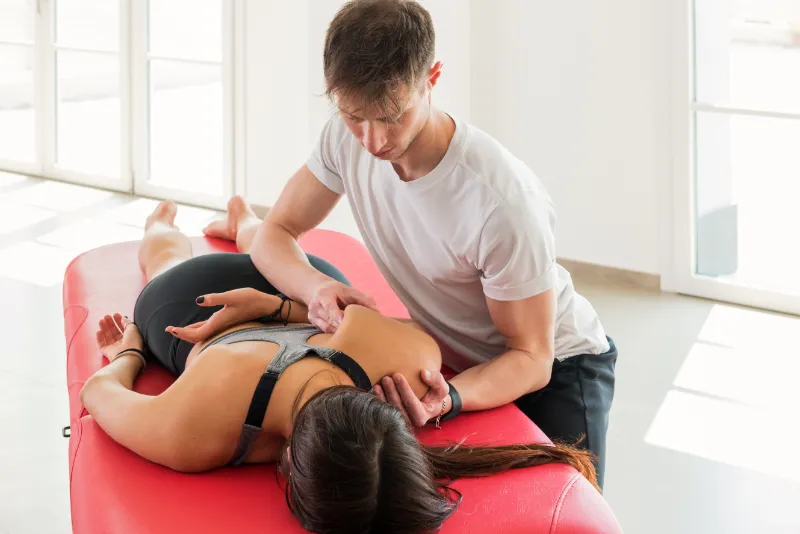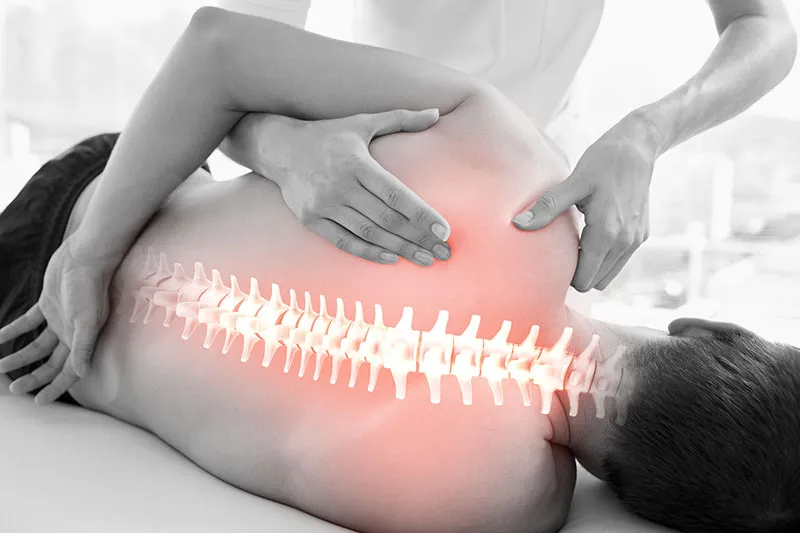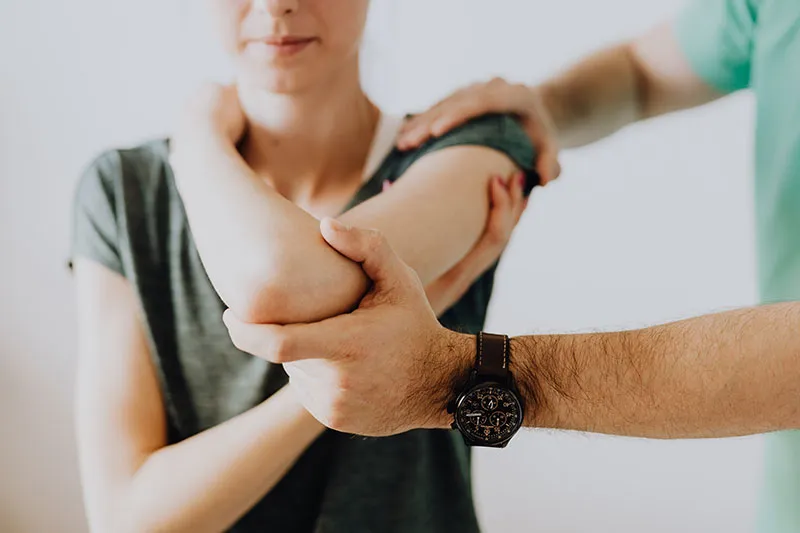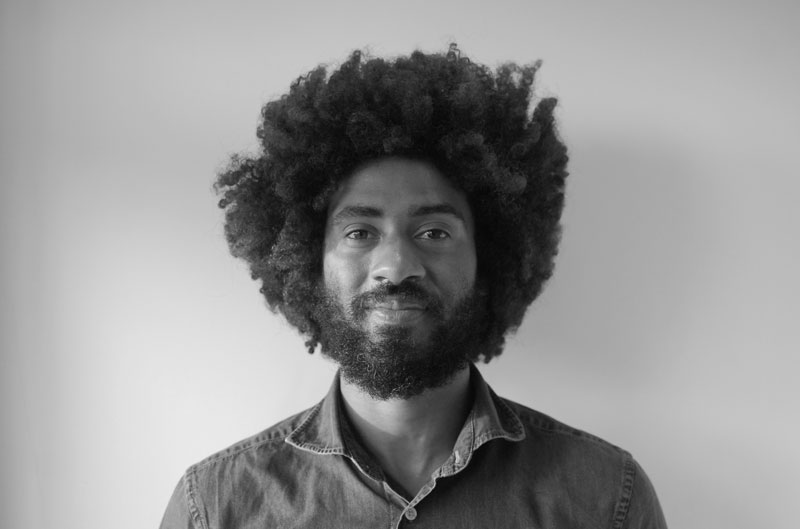Osteopathy Brighton & Hove

Osteopath Brighton

What Kind of Conditions Can Osteopath Help?
- Back pain eg. lower back pain and sciatica
- Fibromyalgia
- Arthritis and rheumatic pain
- General joint & muscular pain
- Sports injuries
- Mobility issues from aging
- Tension headaches & migraine
- Work related musculoskeletal conditions & more

What Happens During & After Your Assessment:
- Your first appointment will focus on your case history, the nature of your condition, your medical history and your current lifestyle.
- The Osteopath exam you physically, to assess your movement and posture, palpating joints and muscles to assess any injury or imbalance.
- Following the assessment, you will be given a treatment plan.
- Typically, treatment may include massage, joint and spine articulation

Meet Your Osteopath:
After qualifying in 2013 Joshua gained a wealth of experience in busy London clinics before setting up a dedicated home visit service which he continues to run. Working in this manner allows him to occasionally indulge his passion for Yoga and Swimming between clients.
Utilising soft tissue techniques, joint manipulation, acupuncture and Laser/LED therapy provides Joshua with a range of tools to solve a wide range of complaints.
Joshua is passionate about casting the net as widely as possible to solve patients’ complaints and takes pride in tailoring exercise based solutions to each client to back up any hands-on treatment that he uses.
Frequently Asked Questions
What does an Osteopath do?
Osteopaths diagnose and treat a wide variety of musculoskeletal injuries and dysfunctions. Depending on their training osteopaths may treat infants, children or specialise in particular treatment techniques.
Osteopaths are trained to take a full case history to aid in diagnosis and identification of any serious issues which may need referral to other medical practitioners.
Following the case history, a physical examination is undertaken to focus on any findings from the case history and informs further advice and treatment.
What do Osteopaths treat?
Osteopaths treat a wide range of musculoskeletal issues from head to toe. Osteopaths may commonly treat lower back, neck, upper back, shoulder, knee and hip pain but they are equipped with the tools to understand a wide variety of bodily dysfunctions which are too many to individually name. They are trained to identify links between musculoskeletal dysfunction/injuries and posture and other background factors in order to create solutions that last.
What is the Difference Between a Chiropractor and an Osteopath?
Generally speaking there are more similarities between chiropractors and osteopaths than differences but some general key differences are that most (not all) chiropractors may use joint manipulation more than most (not all) osteopaths. The theory that the spine should be aligned to better allow neural signals to pass between brain and body is not as central to osteopathic thinking as it is to chiropractic. Chiropractors undertake training in radiography, osteopaths do not. It’s interesting to consider that the founder of Chiropractic B.J Palmer was a student of the founder of Osteopathy Andrew Taylor Still.
What is Osteopathic Medicine?
Osteopathic medicine can be seen as the sum of the osteopathic approach to patients. Meaning:
- Prioritisation of background and maintaining factors in a patient’s presentation
- The consideration of a patients psychological and emotional state being a potentially powerful influence on their presentation
- The use of hands on techniques to help solve problems (when indicated)
- The belief that when unencumbered the body will be in the best position to heal itself, osteopathic medicine seeks to remove the blockages, which could range from injuries old and new, inefficient biomechanics or poor movement habits (not an exhaustive list)
Can an Osteopath Help with Sciatica?
Osteopaths can help with Sciatica, whether this is diagnosed following examinations, medical imaging or by the patient themselves an Osteopath will start from scratch to understand the timeline of symptoms and influencing factors to establish whether a particular presentation is safe or not to treat and proceed from there. There are many different presentations of Sciatica which an Osteopath would be able to help with. If they deemed they could not, they would help you better understand your symptoms and help you obtain referral to the correct practitioner.
Can an Osteopath Help with Back Pain?
Back pain is probably one of the most common symptoms Osteopaths treat so not only are they equipped with the tools to help but most osteopaths are usually quite experienced in treating patients with lower back pain. They will always start from scratch with a case history to help understand you and your particular presentation however.
Is an Osteopath a Doctor?
An Osteopath is not a doctor.
What Should I Wear when Seeing an Osteopath?
It is advisable to wear clothing that does not restrict your range of movement or that is not particularly thick.
Shorts and a vest are recommended as they will help your practitioner see how your body moves and appears with increased clarity although it is not always necessary.
Do Osteopaths Treat Sports Injuries?
Osteopaths treat musculoskeletal injuries over the entire body which includes those caused by sports.
The use of particular techniques such as craniosacral and classical osteopathic would fit under the umbrella of osteopathic
